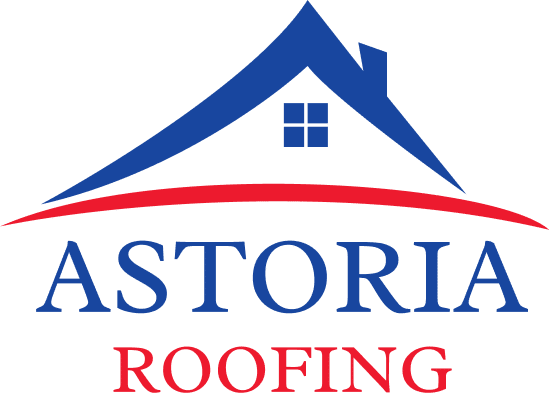


Flat roofs present unique challenges when it comes to water management. Unlike their sloped counterparts that naturally shed precipitation, flat surfaces require carefully designed drainage systems to prevent water accumulation. When water pools on a flat roof—a phenomenon known as "ponding"—it can lead to structural damage, membrane deterioration, and eventual leaks. Any experienced roofing contractor will tell you that proper drainage isn't just an accessory to flat roof design—it's the foundation of a long-lasting, problem-free roofing system.
Before chasing solutions, it's vital to recognize what's at stake. Standing water on a flat roof can:
- Speed up deterioration of roofing membranes through long exposure
- Create ideal conditions for vegetation growth that can penetrate and damage materials
- Cause freeze-thaw cycles in colder climates that stress and crack roofing components
- Lead to interior leaks that damage insulation, drywall, electrical systems, and belongings
Internal drains function similarly to shower drains, creating deliberate collection points where water can exit through the roof surface into pipes that run through the building's interior. These systems offer several advantages:
- They eliminate exterior downspouts that can clash with architectural aesthetics
- Water travels through conditioned space, reducing freeze concerns in cold climates
- Installation points can be strategically placed at natural low points for maximum efficiency
The key to successful internal drainage lies in proper sizing, strategic placement, and regular maintenance. Strainer domes should be installed over each drain to prevent debris from causing blockages, and these must be checked and cleaned regularly, especially after storms and during autumn leaf-fall.
Scuppers provide an alternative approach by channeling water through openings in the parapet walls surrounding the roof perimeter. These rectangular outlets can be connected to downspouts or simply allow water to discharge away from the façade. Their primary advantages include:
- Visual indicators of drainage function (you can see if water is flowing through them)
- Simplicity of design with fewer penetrations through the roof membrane
- Easier access for maintenance and unclogging
For maximum effectiveness, scuppers should be placed at logical low points and sized appropriately for regional rainfall intensity.
Even the best primary drainage systems should have backup overflow provisions to handle extreme weather events. Secondary scuppers positioned slightly higher than primary drainage points provide crucial protection during heavy rainfall or primary drain blockages. These overflow mechanisms are often required by building codes and should be incorporated into any comprehensive drainage design.
With proper drainage design and regular maintenance by a professional at 29-16 30th Ave Astoria, NY 11102, (718)-285-6273 https://www.astoriaroofingny.com, your flat roof can provide decades of reliable performance.
